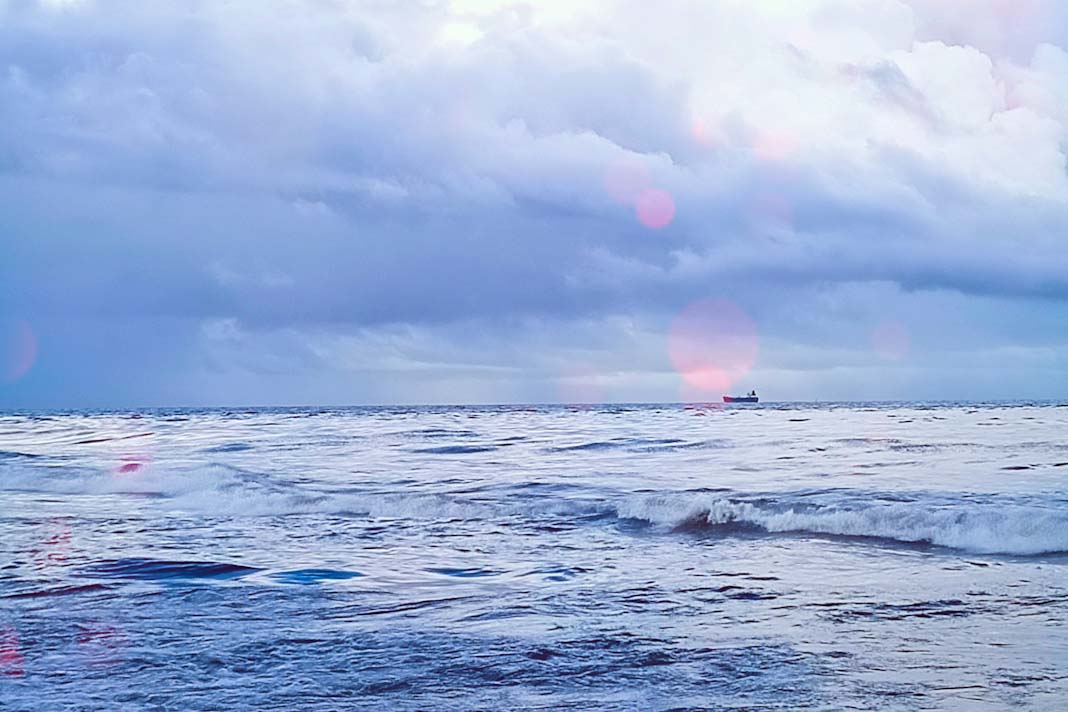
- Rotterdam and Antwerp ports join forces to bolster military logistics and resilience planning.
- The Dutch port adapts for defence, reserving space for military vessels and planning cargo rerouting.
- EU to unveil stockpiling strategy as NATO warns of possible Russian aggression by 2030.
As NATO officials warn of possible conflict with Russia by 2030, Europe’s largest port — Rotterdam — is taking quiet but significant steps to prepare for potential war. Handling over 436 million tonnes of cargo annually, the Dutch port is now reserving berths for military vessels, collaborating with the Port of Antwerp, and developing contingency plans for rerouting civilian cargo in emergencies, according to Moneycontrol.
Military Coordination Between Rival Ports
According to Boudewijn Siemons, CEO of the Port of Rotterdam Authority, the port is actively working with neighbouring Antwerp to coordinate military logistics. “Not every terminal is equipped to handle military cargo,” he explained, noting that high-volume military movements could be shared between ports to ease the load. This collaboration marks a major shift in European port dynamics, historically defined by competition. Now, Rotterdam and Antwerp — Europe’s top two ports — are embracing joint resilience efforts.
A New Era of Defence-Driven Infrastructure
Rotterdam, which last experienced a spike in arms traffic during the 2003 Iraq War, has never had a dedicated quay for military use — even during the Cold War. That’s now changing in response to security concerns stemming from Russia’s invasion of Ukraine and its broader regional ambitions. The Netherlands, along with other NATO members, is significantly increasing defence spending. The Dutch government aims to raise military expenditure to 5% of GDP, and NATO is urging ports like Rotterdam to support multiple military hardware shipments annually.
The port’s container terminal is currently the only site suited for safe ammunition transfers between vessels. Looking ahead, amphibious drills are expected to become routine at the port, with military ships stationed for extended periods during training operations.
Ports at the Core of Strategic Stockpiling
Beyond military logistics, Siemons believes ports must play a key role in Europe’s wider resilience strategy. Drawing comparisons to oil stockpiling measures introduced after the 1973 oil crisis, he advocates for similar reserves of gas, rare earth materials, pharmaceuticals, and food supplies. Rotterdam already houses part of the Netherlands’ strategic oil reserve and could serve as a model for the EU’s upcoming strategic stockpiling framework, which is expected to include vital materials like copper, lithium, graphite, medical goods, and energy resources.
Learning from Past Disruptions
The port’s readiness planning has become more urgent after recent crises, such as COVID-19-related supply chain disruptions and the energy uncertainty caused by Russia’s war tactics. While EU sanctions on Russia led to an 8% dip in Rotterdam’s trade — mainly oil-related — the port’s operations remain robust. Still, a significant escalation in military activity could impact its commercial throughput if more resources are diverted to defence logistics.
Adapting to a Volatile World
With NATO Secretary-General Mark Rutte cautioning that Russia may pose a direct threat to alliance nations before the decade ends, logistics hubs like Rotterdam are preparing for the worst-case scenario.
“The world is becoming more volatile,” Siemons stated. “How resilient are you as a society? That’s becoming increasingly important.”
Did you subscribe to our daily Newsletter?
It’s Free Click here to Subscribe!
Source: Moneycontrol















